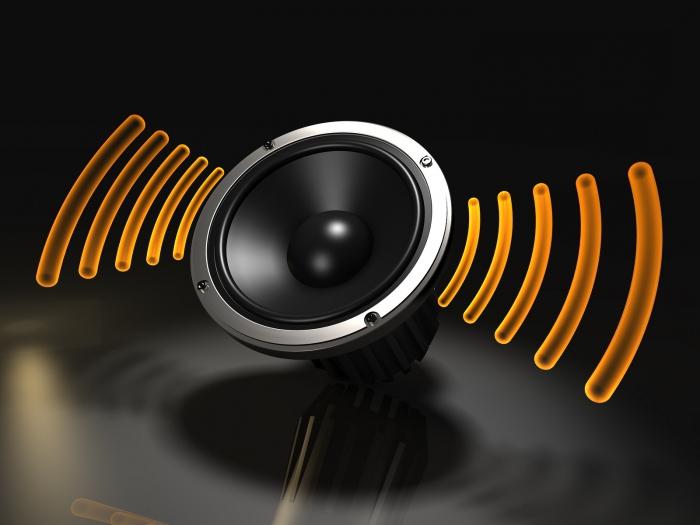Alas, every year there are more and more computer owners to whom the words “choice of sound card” absolutely do not “say” anything. And all because people have nothing to compare with, so many are content with what they have, sometimes without even assuming that it could be otherwise.

For example, if you look at the forums devoted to the choice of liquid crystal monitors, then on numerous branches there are serious debates about the advantages and disadvantages of a particular matrix. Usually they "scold" budget TN, comparing it with VA, IPS and their other derivatives. All because people have something to compare. But the choice of a sound card for music is much more complicated, because even a simple discrete model significantly exceeds the characteristics of most built-in solutions based on HD Audio and AC97 sound codecs. Because of this, a paradoxical situation arises when it is impossible to choose a little worse, or a little better. A couple of decades ago, choosing a sound card was not as simple as it might seem. So, I had to decide, for example, to buy a real 16-bit Sound Blaster from Creative or Vortex from Aureal with support for advanced surround sound technology. Now much has changed - new manufacturers have appeared, others have disappeared or been swallowed up, cards have received opportunities that their predecessors did not even “dream about”.

The choice of a
sound card begins with the selection of an interface (discrete models are assumed). There are several of them - PCI gradually phasing out, the new PCI-Express, external USB and FireWire. For a personal computer, PCI-Express models are the best choice.
The bandwidth of this bus is quite sufficient for any sound streams. But the choice of an
external sound card is interesting, first of all, for laptop owners. Although the USB bus is more versatile than FireWire, it can introduce delays, so if you plan to seriously engage in music using a mobile computer, the choice is small - only IE-1394 (another name for FireWire).
The choice of a sound card is sometimes based on the bitness of the sound-to-digital converter (ADC) - the higher the value, the better. In general, the approach is correct. But it should be noted that sometimes other parameters affect the sound quality.
It is highly desirable to have support for two-way transmission (Full dulpex), during which recording and playback are possible simultaneously. It is especially worth paying attention to this when choosing a card with a USB interface of older versions (1.1).
The next important parameter is the number of inputs / outputs. A stereo card has less than a multichannel counterpart. All of them are divided into two categories - symmetric and asymmetric. This is usually indicated in the technical specification. The former are less affected by various interference.
SPDIF digital outputs are the calling card of any such device. Allows you to digitally transmit sound to any other device without distortion. Physically, the SPDIF connectors can look different: Fiber (optics) and the classic “tulip”. The difference is only in the transmission medium, therefore, when choosing, you need to focus on the equipment to which the sound card will be connected.
For musicians, it makes sense to look at high-quality professional models, because delays, noises and other “charms” of budget decisions can negate any efforts. But for a home user seeking to get good sound, discrete mid-range models from ASUS or Creative are suitable.